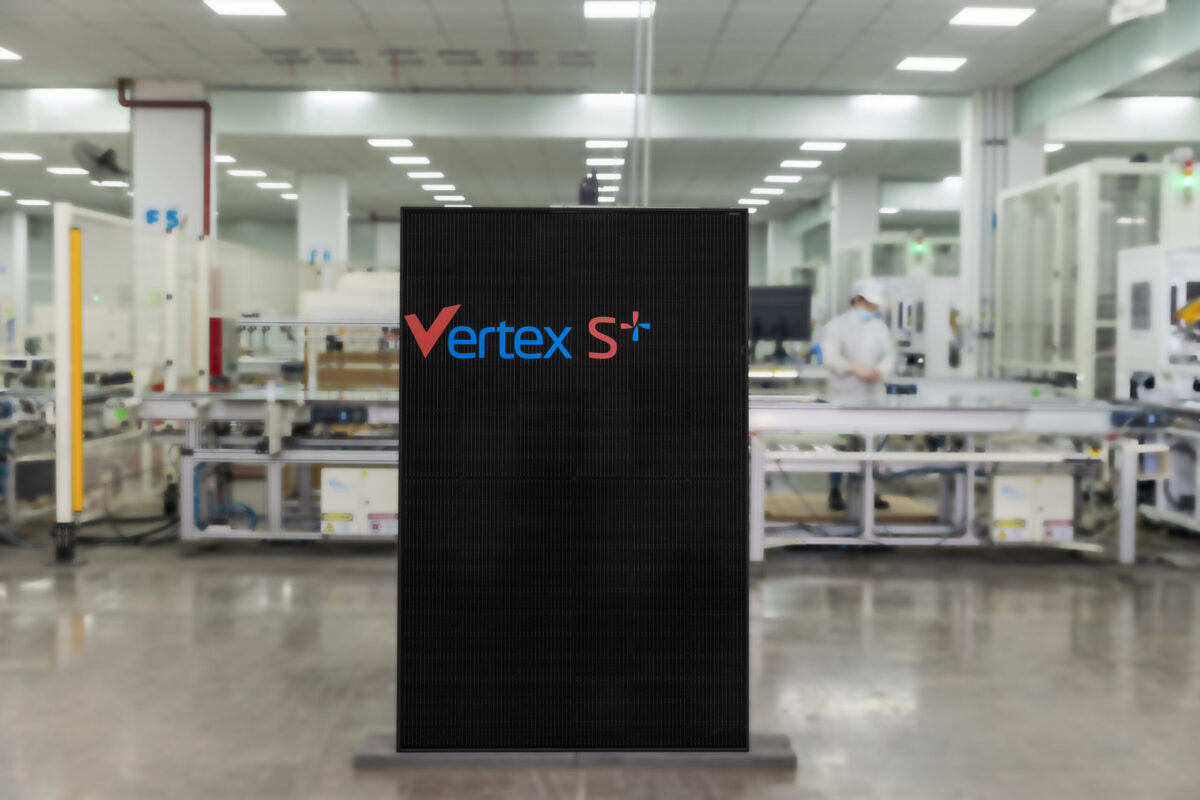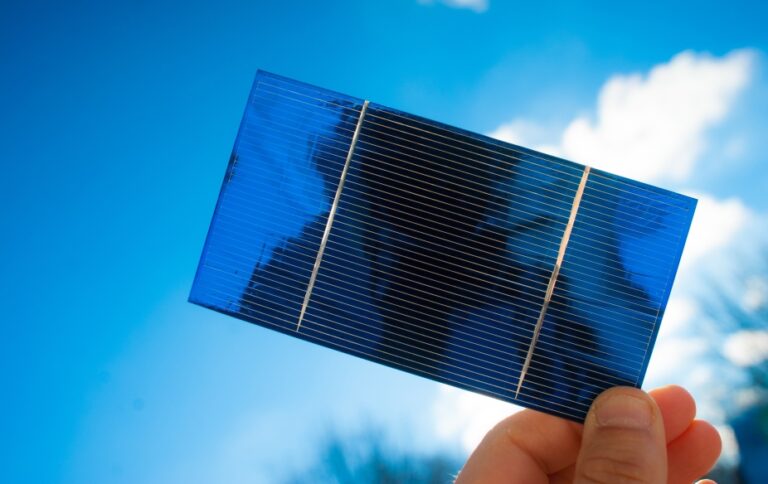Fifteen researchers from Monash University, the University of Oxford, United Kingdom, and the City University of Hong Kong claim to have made a breakthrough in improving the reliability and efficiency of perovskite solar cells (PSC).
A new piece of paper arrived Nearth“Water and heat-activated dynamic passivation for perovskite photovoltaics”, reveals a new strategy to improve the stability and performance of PSCs through a mechanism described as ‘self-healing’.
Co-author of the study and Monash University research director Professor Udo Bach said the work addresses critical issues related to the passivation of defects in perovskites that have hindered widespread adoption of the promising technology.
“Our slow-release strategy represents a significant advance in the field of perovskite photovoltaics. By slowly releasing the passivation agents into our perovskite material, we have managed to produce solar cells not only with improved performance, but also with longer stability under real conditions.”
The innovative agent the researchers developed dynamically heals the perovskite layer when exposed to environmental stressors such as moisture and heat, ensuring long-lasting performance and longevity of the device.
Popular content

“This breakthrough could pave the way for more reliable and efficient perovskite solar cells that could contribute to the global transition to sustainable energy solutions,” said Bach.
Highly efficient, lightweight and inexpensive perovskite solar cells are expected to play a leading role in the future of solar energy production. Making them more sustainable and understanding how to produce them on a larger scale is now a focus of global research.
This content is copyrighted and may not be reused. If you would like to collaborate with us and reuse some of our content, please contact: editors@pv-magazine.com.


